Do solar path lights need direct sunlight
Solar path lights have become increasingly popular for illuminating walkways, gardens, and outdoor spaces. These eco-friendly lighting solutions harness the power of the sun to provide beautiful, energy-efficient illumination. However, a common question many homeowners and gardening enthusiasts ask is whether solar path lights require direct sunlight to function effectively. In this comprehensive guide, we’ll understand the intricacies of solar path lights, their energy requirements, and how to maximize their performance in various lighting conditions.

Understanding Solar Path Lights: How They Work?
Solar path lights are imaginative gadgets that coordinate solar boards, rechargeable batteries, and driven lights to make an eco-friendly lighting arrangement. The handle begins with the solar panel, more often than not situated on the best of the installation, which captures sunlight and changes it over into electrical vitality. This vitality is put away in rechargeable batteries, which at that point control the Driven lights once the sun sets. This self-sustaining framework offers a cost-effective and naturally inviting way to illuminate pathways and outdoor spaces.
During daylight hours, the solar panel absorbs photons from the sun, which excite electrons in the panel’s photovoltaic cells. This process generates an electric current that is then used to charge the internal battery. The battery stores this energy, acting as a reservoir for use when natural light is no longer available. At night, a light sensor in the solar path light detects the decrease in ambient light. This triggers the LED light to switch on, drawing power from the charged battery.
The efficiency of solar path lights depends on a few components, such as the quality of the solar panel, the battery capacity, and the sum of sunlight the lights get amid the day. Whereas direct sunlight is perfect for ideal charging, solar path lights can still work in less-than-ideal conditions. Indeed, on cloudy or overcast days, they can store sufficient vitality to provide illumination, in spite of the fact that their execution may be decreased. Legitimate situations and normal maintenance can offer assistance to maximize their productivity.
The Impact of Lighting Conditions on Solar Path Lights
The performance of solar path lights can vary significantly depending on the lighting conditions they’re exposed to. Let’s examine how different scenarios affect their functionality:
- Direct Sunlight: This is the optimal condition for solar path lights. When exposed to direct sunlight for several hours a day, these lights can achieve maximum charge, ensuring bright and long-lasting illumination throughout the night. In ideal conditions, high-quality solar path lights can provide up to 8-10 hours of continuous lighting.
- Partial Shade: Areas that receive a mix of sun and shade can still be suitable for solar path lights. While the charging may not be as efficient as in direct sunlight, many modern solar lights are designed to perform adequately in these conditions. They may not shine as brightly or for as long as those in full sun, but they can still provide sufficient illumination for most needs.
- Full Shade: Contrary to popular belief, solar path lights can function in fully shaded areas, albeit with reduced performance. The key is to choose lights specifically designed for low-light environments. These models often feature larger solar panels or more efficient photovoltaic cells to capture and convert even minimal available light.
- Cloudy Days: Overcast skies don’t mean solar path lights will fail to charge. While cloud cover reduces the intensity of sunlight reaching the solar panels, diffuse light can still be captured and converted into energy. However, in brightness or duration of illumination following several consecutive cloudy days.
It’s worth noting that the latest advancements in solar technology have led to the development of more efficient panels and batteries. These improvements allow modern solar path lights to perform better in less-than-ideal lighting conditions compared to their predecessors.
Maximizing the Performance of Your Solar Path Lights
To ensure solar path lights shine brightly and consistently, consider the following tips:
- Strategic Placement: Position your solar path lights in areas that receive the most sunlight throughout the day. Observe your outdoor space at different times to identify optimal locations. Even if the lights themselves are in shade, you can sometimes position the solar panel separately in a sunnier spot.
- Regular Cleaning: Dust, dirt, and debris can accumulate on the solar panels, reducing their efficiency. Clean the panels periodically with a soft, damp cloth to maintain optimal light absorption.
- Seasonal Adjustments: The sun’s path changes throughout the year. Reposition your solar path lights seasonally to ensure they receive maximum sunlight exposure.
- Quality Matters: Invest in high-quality solar path lights from reputable manufacturers. These lights often feature more efficient solar panels, better batteries, and smarter energy management systems, resulting in superior performance across various lighting conditions.
- Consider Backup Options: For areas with consistently low light levels, consider solar path lights with alternative charging methods. Some models come with USB charging ports, allowing you to supplement solar charging when necessary.
- Proper Installation: Ensure your solar path lights are installed correctly. They should be level and free from obstructions that could cast shadows on the solar panels.
- Battery Maintenance: Most solar path lights use rechargeable batteries that may need replacement every 1-2 years. Regularly check and replace batteries as needed to maintain optimal performance.
Conclusion
In conclusion, while direct sunlight is undoubtedly beneficial for solar path lights, it’s not an absolute necessity. Modern solar technology has made it possible for these eco-friendly lighting solutions to function effectively in a variety of lighting conditions. By understanding how solar path lights work and implementing the tips provided, you can enjoy beautiful, energy-efficient outdoor lighting regardless of your specific environmental conditions.
If you’re looking for high-quality solar path lights or have questions about implementing solar lighting in your outdoor space, don’t hesitate to reach out to the BITPOTT. Our team is dedicated to providing innovative, efficient, and reliable solar lighting solutions tailored to your needs. Contact us at info@forigat.com for personalized advice and product recommendations.
References
- U.S. Department of Energy. (2021). “Solar Lighting.” Energy.gov. Retrieved from https://www.energy.gov/energysaver/solar-lighting
- National Renewable Energy Laboratory. (2022). “Solar Photovoltaic Technology Basics.” NREL.gov. Retrieved from https://www.nrel.gov/research/re-photovoltaics.html
- American Lighting Association. (2023). “Outdoor Lighting Guide.” ALALighting.com. Retrieved from https://www.alalighting.com/outdoor-lighting
- Solar Energy Industries Association. (2023). “Solar Technology.” SEIA.org. Retrieved from https://www.seia.org/initiatives/solar-technology

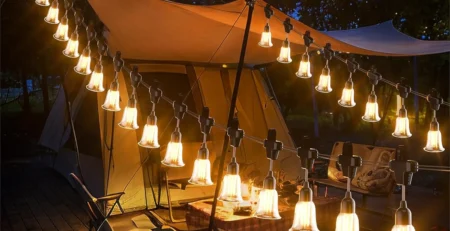

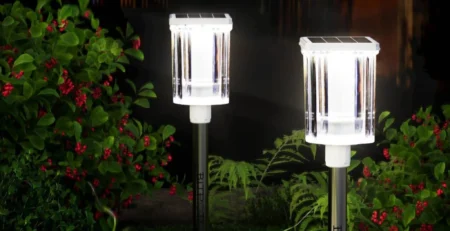
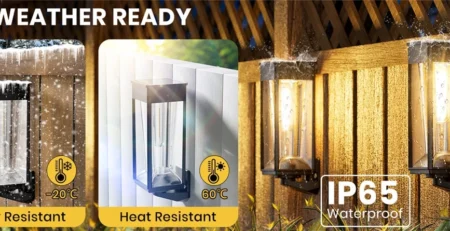

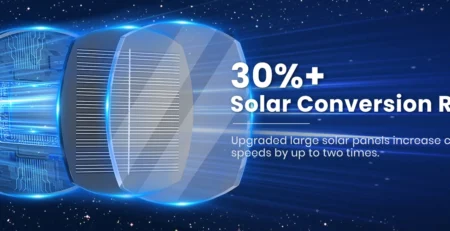

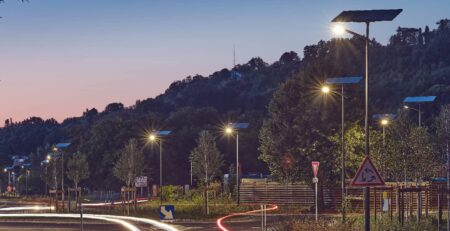
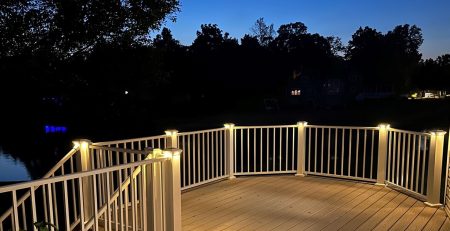
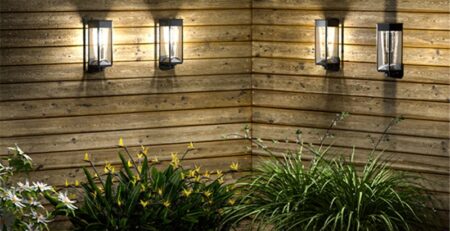
Leave a Reply